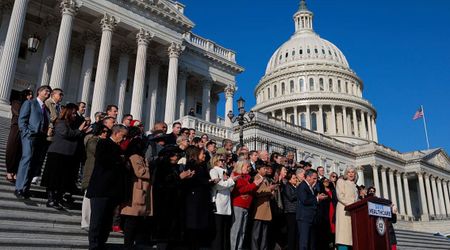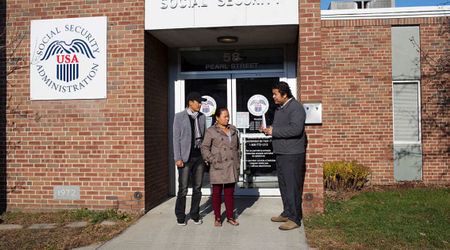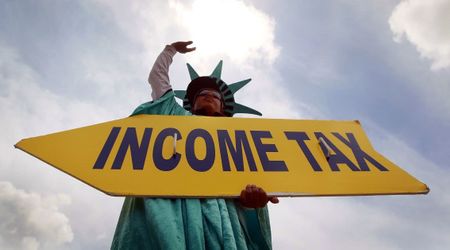Monthly Debt Payments On The Rise for Americans; Gen X Pays the Most on Mortgages, Gen Z The Least

Americans across states are getting deeper into debt, with average monthly payments reaching $1,583, according to a recent study conducted by LendingTree. This marks a $300 increase from people’s average monthly debt payment in 2020. The LendingTree report analyzed the anonymized credit reports of roughly 310,000 users from July 1 to September 30, 2023. The study focuses on active debt such as mortgages, auto loans, credit cards, personal loans, student loans, and other categories.

What takes up the largest share of debt in America?
The largest share of monthly debt payments was for mortgages which was about $1,855. Next came, auto loans with $690 and personal loans with $517.Other debt payments included student loans for which Americans paid an average of $307 per month, and credit card debt for which people paid $272 per month on average. Americans have a mountain of credit card debt. According to consumer debt data from the Federal Reserve Bank of New York, Americans had a total credit card balance of $1.079 trillion till the third quarter of 2023.
From @veroderugy: Imagine credit-card debt equal to your yearly salary, interest costs piling up and more inevitable debt coming your way. Congress doesn’t seem to mind. https://t.co/b4PcDIDPCK
— The New York Sun (@NewYorkSun) February 4, 2024
Californians lead in mortgage payments, Marylanders lead overall
As per the report, Californians have the highest average monthly mortgage payments, which stood at $2,588 per month. In terms of auto loan payments, Texans pay the highest at about $804 on average every month.
About 40 million homeowners are currently paying interest rates of 3% or higher.
— NBC News (@NBCNews) January 30, 2024
Thanks to the mortgage interest deduction, filers who itemize their tax returns can deduct the entirety of their home interest payments in addition to other write-offs. https://t.co/9Nh4BBTa99
However, overall, Maryland leads in payments, with residents paying an average of $1,850 a month toward their debts. They also make the highest average credit card payments of $306 per month.
In terms of overall debt, residents of New Jersey rank second with average monthly payments of $1,770 followed by Colorado residents who pay $1,734 on an average per month.
In personal loans, Hawaii residents top the list with the highest personal loan payments of $685. When it comes to student loans, residents of Delaware make the highest monthly payments of $392 on average.
On the other hand, West Virginians make the lowest average monthly mortgage payments of about $1,082. Residents of Rhode Island have the lowest average monthly payments for auto loans of about $581, and residents of Wyoming have the lowest credit card payments standing at about $230 per month. Lastly, Utah residents have the lowest personal loan payments at $434, as per the report.
Gen Z makes the least debt payments
According to the study, Gen Xers (43 to 58 years old) make the highest debt payments. Gen Xers pay about $1,974 per month, with the bulk going to mortgage payments. On the other hand, Gen Z (18 to 26 years old) makes the least monthly debt payments at $645.

As per LendingTree chief credit analyst Matt Schulz, access to credit is one of the biggest factors in debt payments by generation. “Gen Xers are likely in their prime earning years and have had a long time to build up a strong credit profile,” Schulz said in the report.
The Baby Boomers (59 to 77 years) stood second with average monthly debt payments of $1,529, with most of it going toward student loans. This was followed by millennials (27 to 42 years old) who pay $1,490 monthly.
Baby boomers are by far the generation most opposed to student loan forgiveness: 45% said no debt should be forgiven at all. https://t.co/i36JNY5fyj pic.twitter.com/Vr7QadlAQN
— Morning Consult (@MorningConsult) December 22, 2021
Baby boomers stood out for paying the most toward student loans about $327 on average, as per the study. Further, according to data from Education Data Initiative, baby boomers are also more likely to borrow money for their children’s higher education.






















